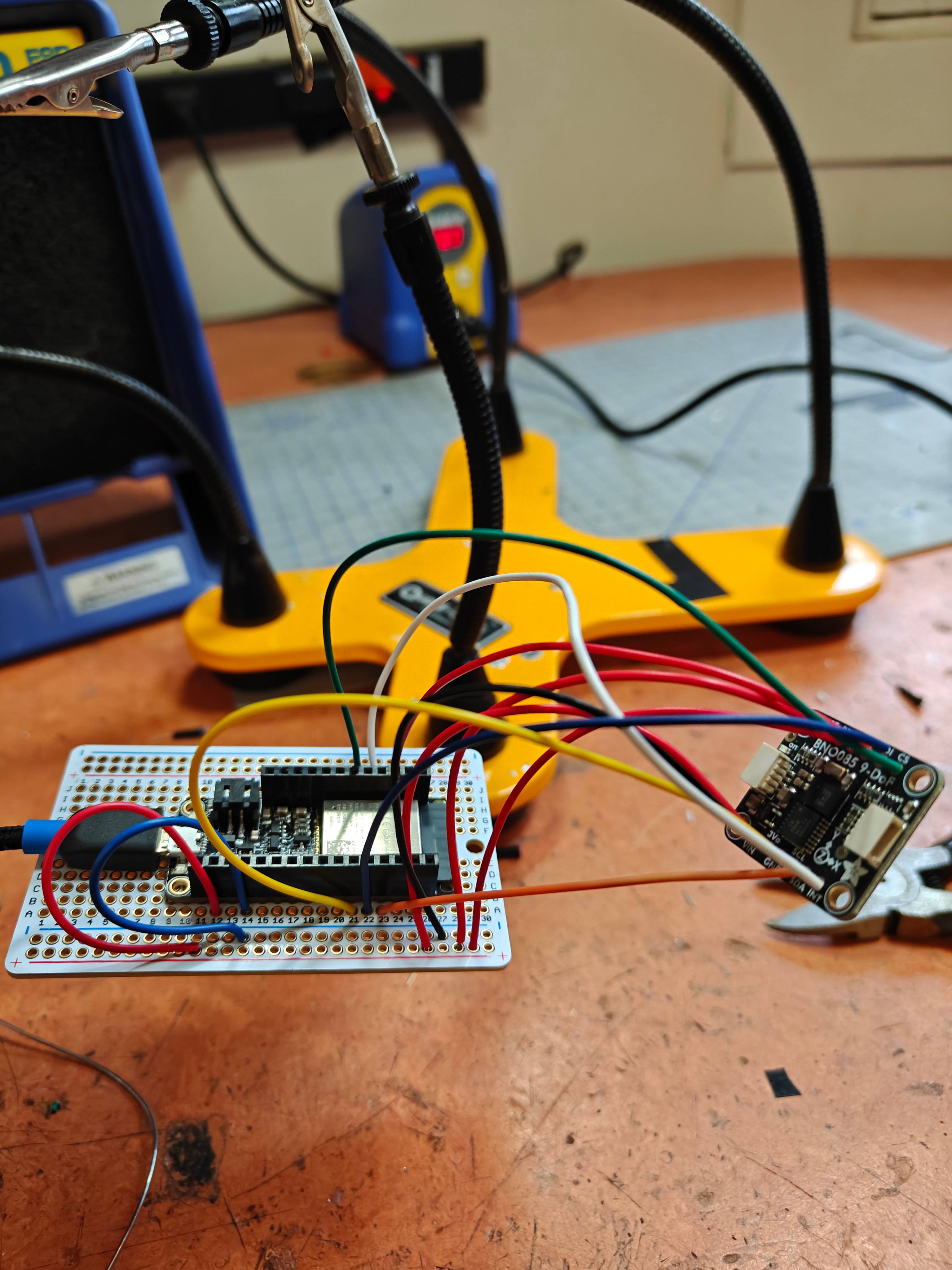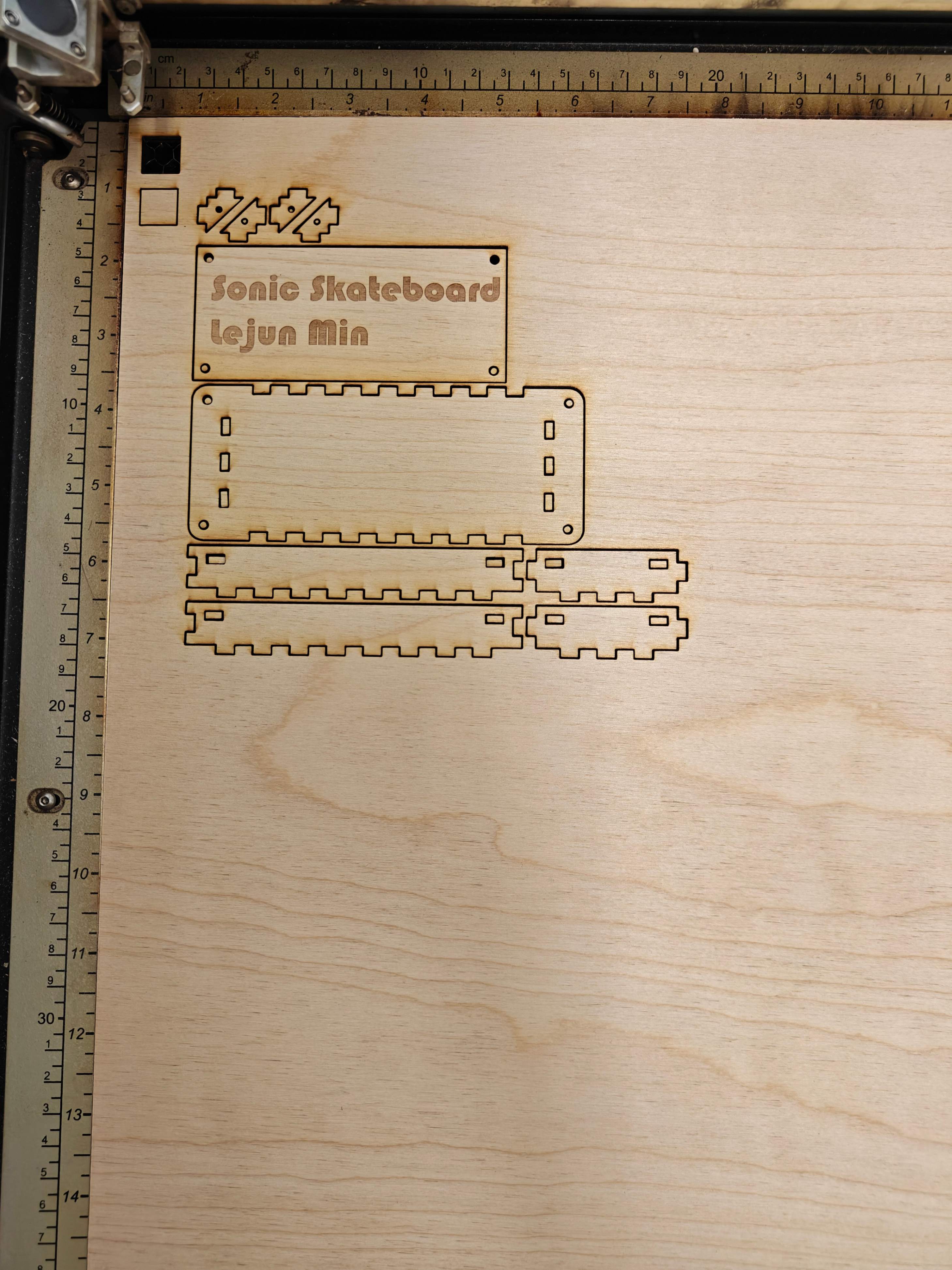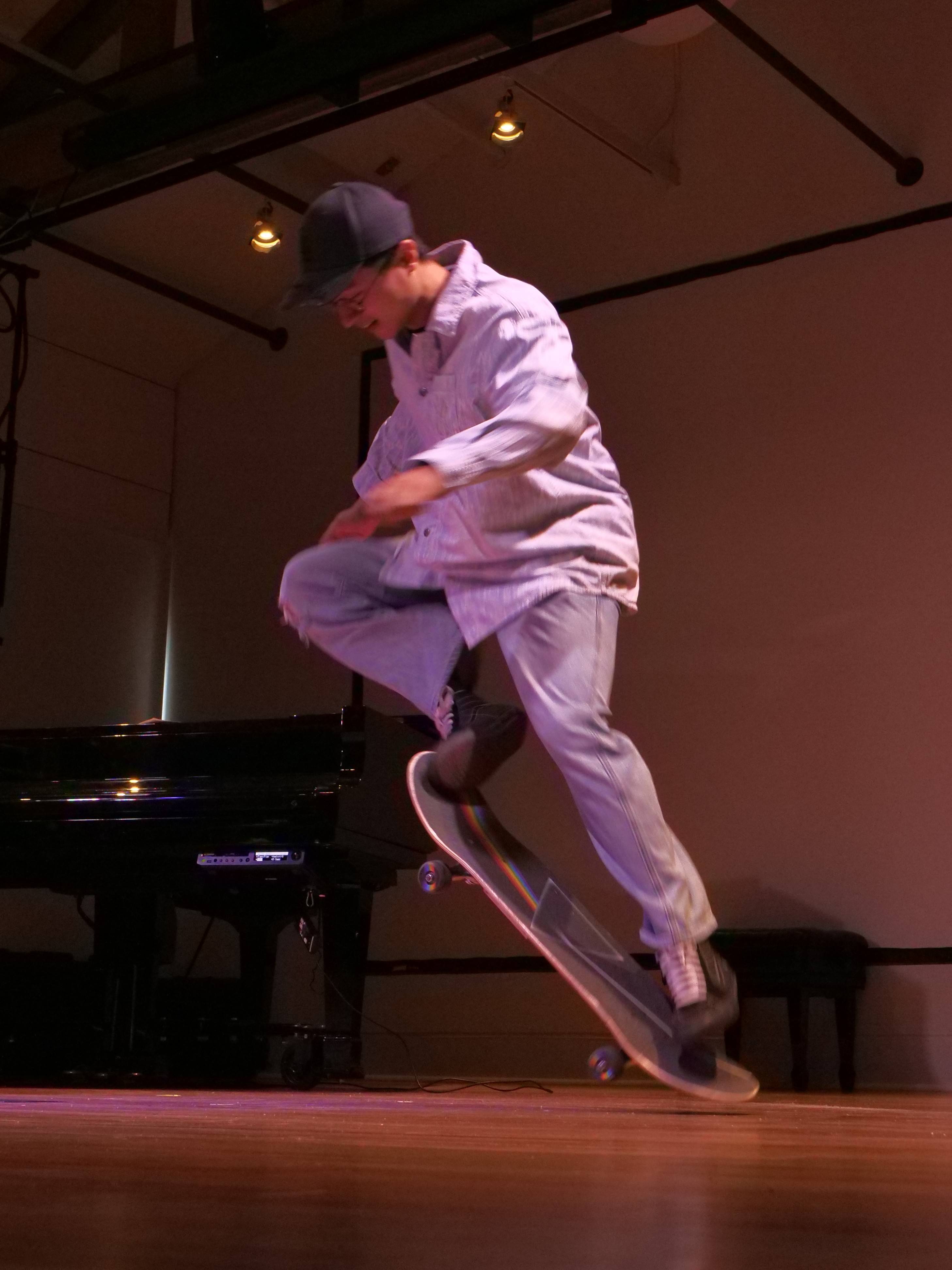Sonic Skateboard
Published:
As a skater, I’ve always been fascinated by how skateboarding allows one to explore different terrains through movement and feedback. You feel the space — your mind and body become one with it. Playing music, on the other hand, opens a sonic, imaginary, and ever-morphing space — a flow of its own. Can these spaces — the physical and the sonic — be brought together? What if the skateboard itself became the instrument, and the skater the performer?
In the realm of new interfaces for musical expression (NIME), the mapping between a physical interface and the parameters of digital sound synthesis is at the heart of the design. Deconstructing a sport and reinterpreting its movements as musical gestures can be approached in many ways. In skateboarding, rotation plays a central role. A skater can rotate the board around the x-axis (e.g., manuals), the y-axis (e.g., leaning to turn), and the z-axis (e.g., shove-its). These combinations of rotations form the foundation of the rich vocabulary of skateboard tricks.

The main technical work focused on wiring a microcontroller and sensors capable of capturing angular motion and transmitting the data wirelessly to a sound engine. New media artist and skater Simon Morris realized a similar idea and presented it at NIME 2007. In contrast to his sensor setup, I used an Adafruit Huzzah32 ESP32 Feather microcontroller paired with a BNO085 9-DoF sensor. My classmate Gregg Oliva created an excellent Arduino tutorial for sending MIDI data via Bluetooth using this configuration. This allowed me to capture rotational data across all three axes and transmit them as MIDI CC signals in real time — ready to be mapped to sonic parameters.
The musical component was written in ChucK. I’ve long been drawn to FM synthesis for its minimalist structure and expressive richness, and I’ve always wanted to bring it into a metal-music context. I mapped the three MIDI CC signals to control the pitch, loudness, and modulation depth of an FM synthesizer. By riding, turning, and performing tricks on the skateboard, these parameters evolved dynamically, producing a continuously morphing lead timbre. Accompanied by a heavy metal guitar loop (also written in ChucK) and a pre-recorded drum track, I performed this Sonic Skateboard piece live — transforming physical motion into musical expression.



